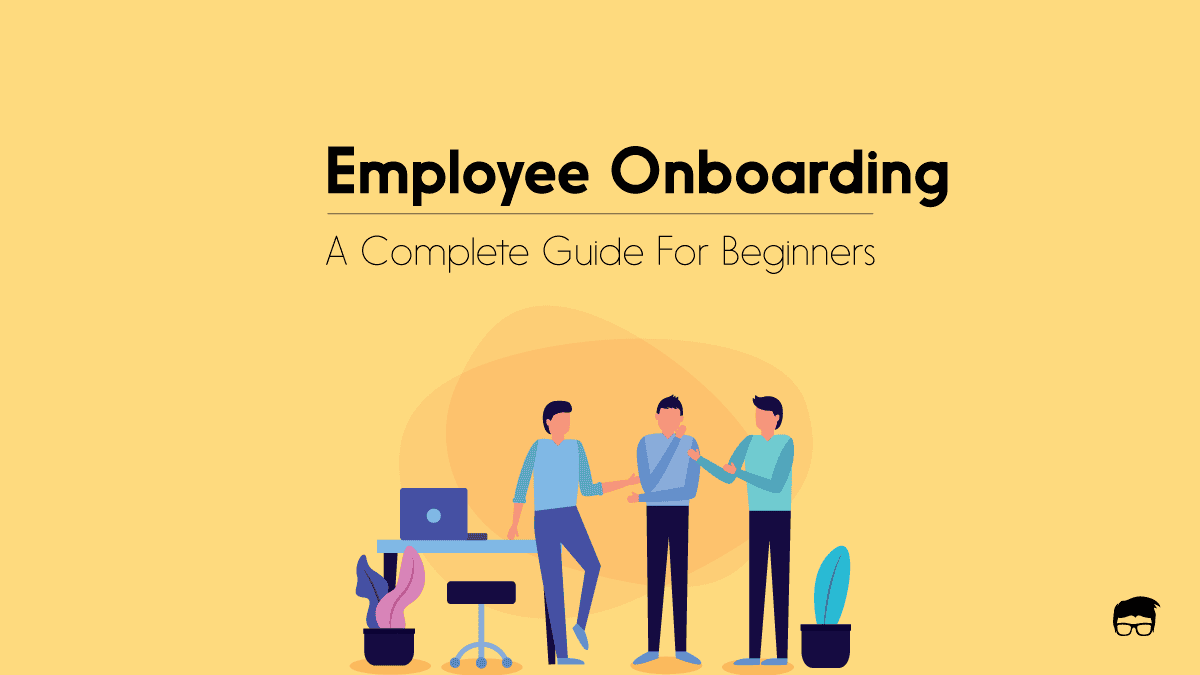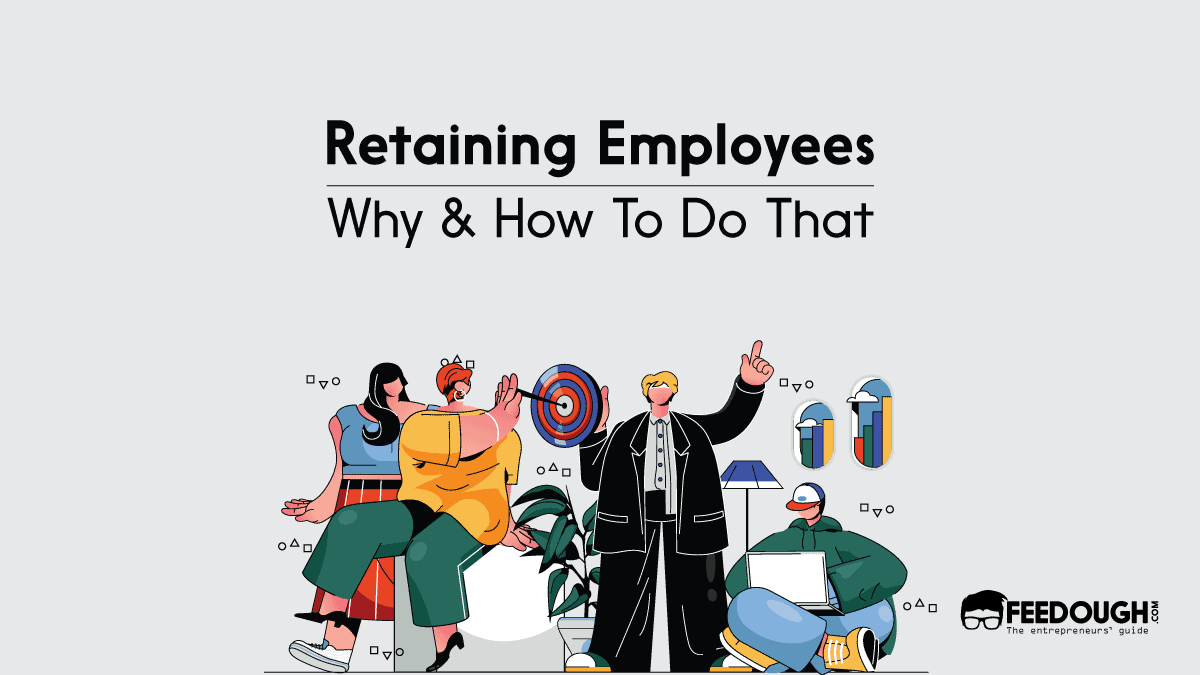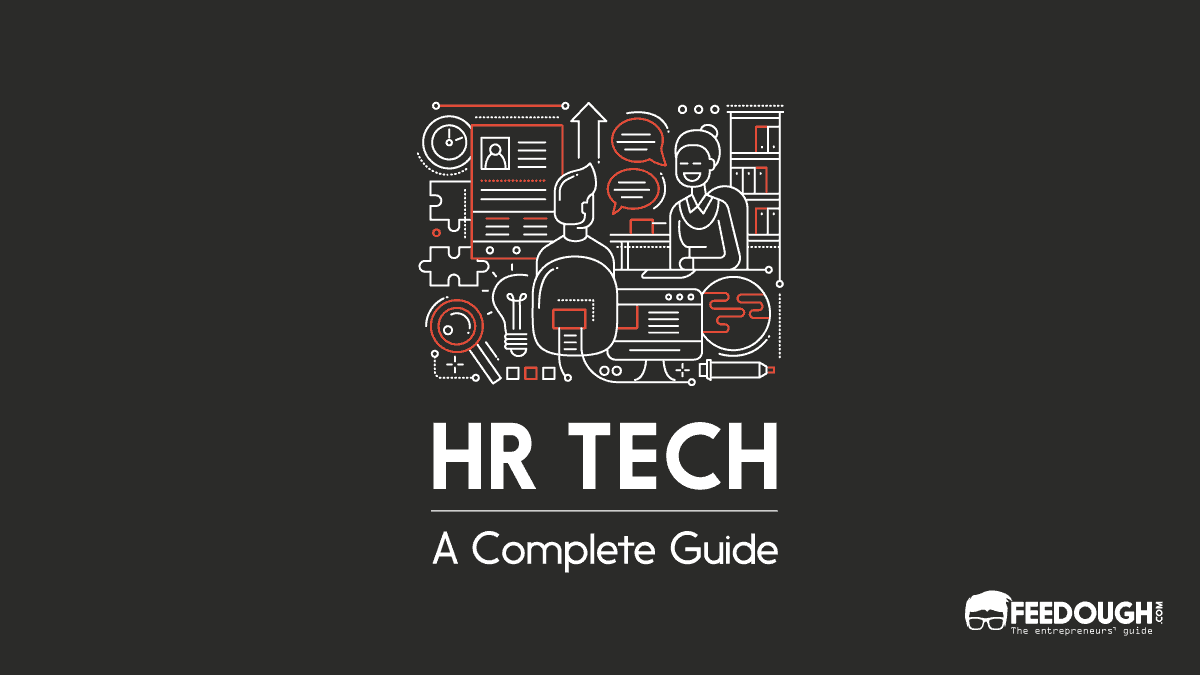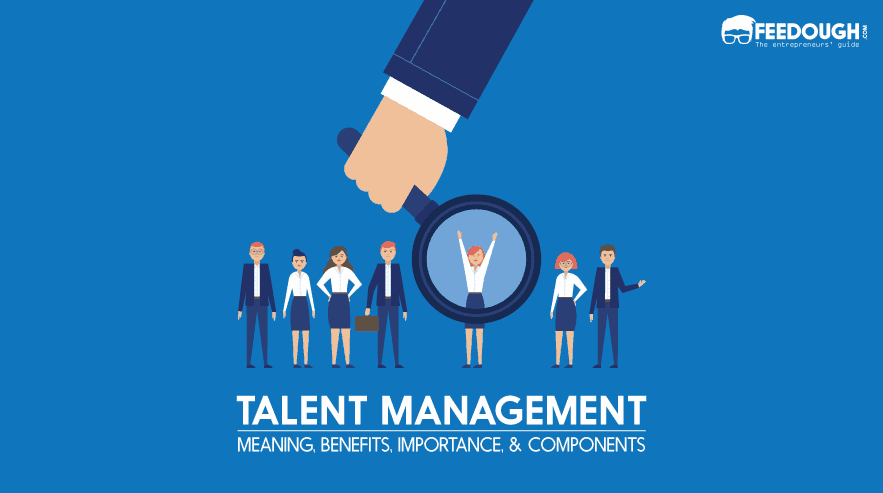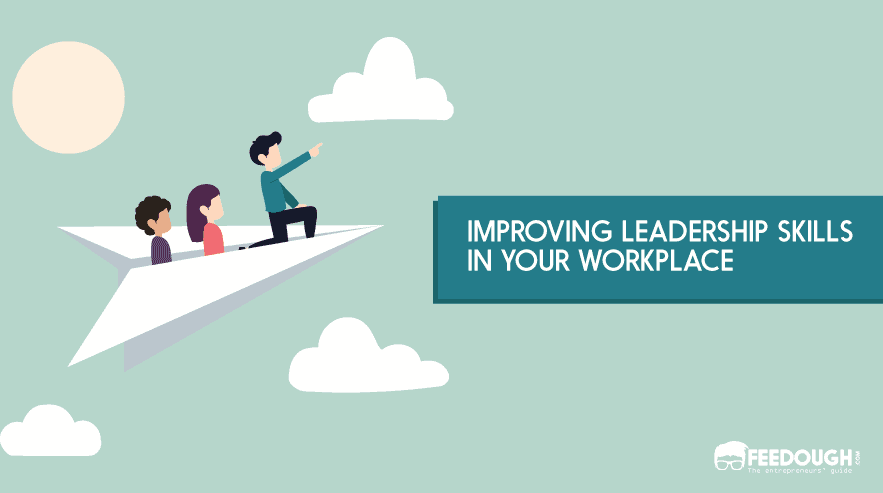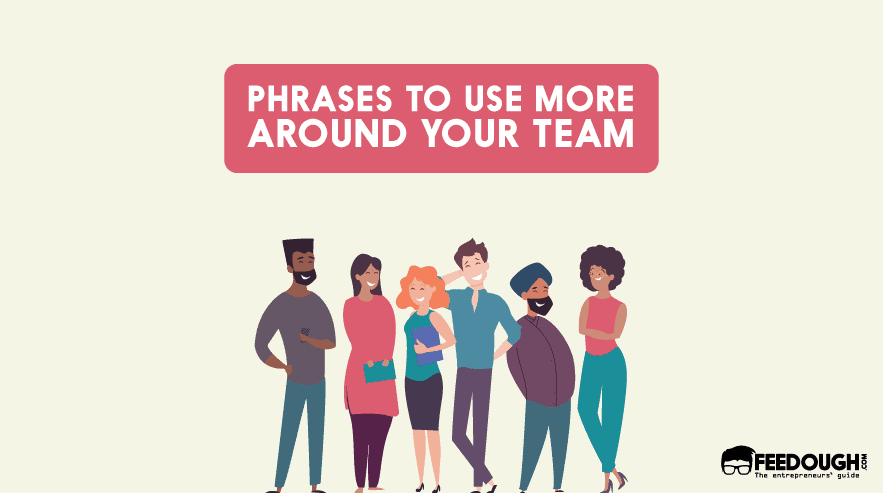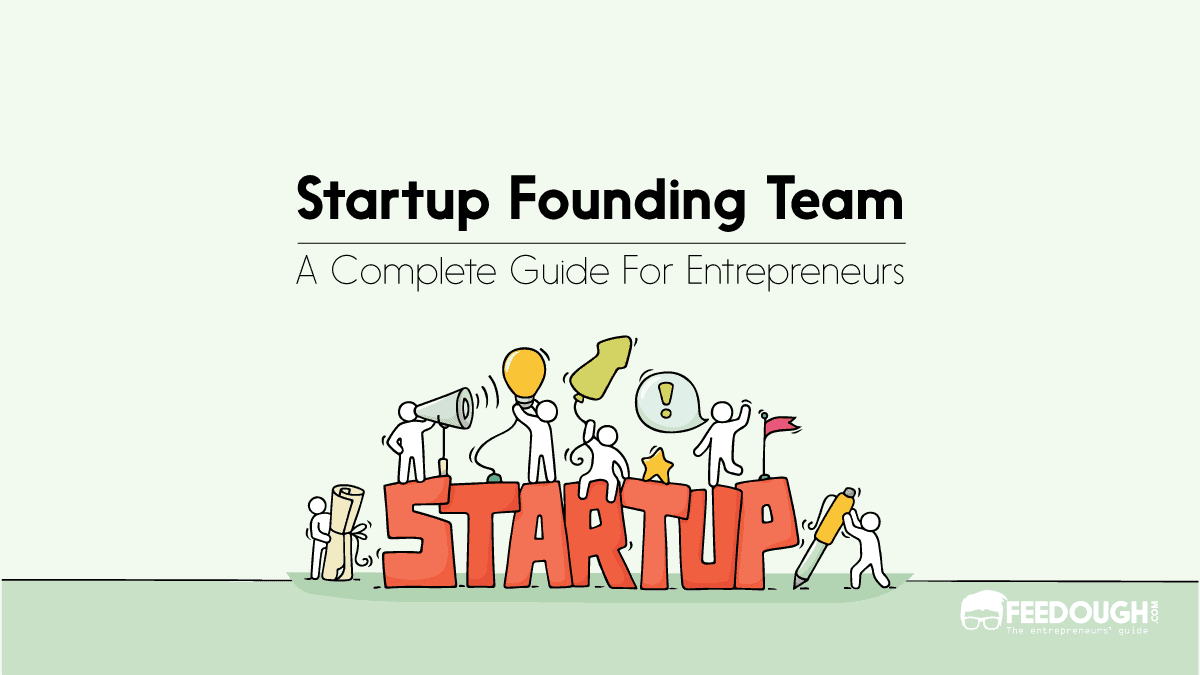Every new employee wants to make a positive impression on their colleagues, but what happens if the team fails to leave a good impression on them?
Companies with well-built onboarding programs can enhance new hire retention by 82%, while those with inadequate onboarding often see up to one-third of the new employees leave within six months.
Effective onboarding involves planning ahead and considering the new employee’s perspective. The process doesn’t start and stop on your new hire’s first day.
It begins with your hiring process and ends only when the employee is fully settled into their role.
In this guide, we will walk you through each step of building a seamless employee onboarding experience. Every phase, from pre-onboarding preparations to continuous improvement, is crucial for setting up your new hires for success.
What Is Employee Onboarding Process?
Employee onboarding is an important process in the lifecycle of an employee within an organisation, marking the transition from being a candidate to becoming an integral part of the team.
A well-defined employee onboarding process outlines the essential steps for integrating every new employee, ensuring they receive relevant information when it’s most needed.
This approach guarantees a consistent experience for all newcomers, offering a centralised source of onboarding materials and a scheduled plan for meet-and-greets and training sessions. Consequently, new hires are well-informed about what to anticipate throughout their initial weeks and months with the organisation.
The exact nature of the employee onboarding process can vary significantly between different organizations and sometimes even within departments of the same company; each may adopt its unique approach to integrating new hires.
Take, for instance, the experience of two employees within the same corporation. One might be welcomed with just a quick meet-and-greet with their new team and a short instructional video before diving into their tasks.
In contrast, another employee could be engaged in a comprehensive orientation week, including detailed training sessions and a mentoring period under a seasoned colleague, before being deemed fully acclimated.
Stages Of Employee Onboarding
Before The First Day (Preboarding)
The preboarding stage can set the tone for a new employee’s entire experience with the company before they even set foot in the office.
Preboarding is the period between the job offer acceptance and the employee’s first day.
According to a study by Sapling, a well-structured employee onboarding process during preboarding can improve employee retention by up to 82% and productivity by over 70%. Engaging new hires early helps them feel valued and connected to the organisation, reducing the chances of “ghosting” or no-shows on the first day.
Key Pre-Boarding Activities
The preboarding phase begins after your candidate accepts their job offer by signing the offer letter. Here are the essential preparations you must complete before their first day:
Welcome Communication
The hiring manager or team leader should send a personalised welcome email, which sets the stage for the employee onboarding process. This should include a warm greeting and an overview of what the new hire can expect on their first day.
In this email, provide new team members with details about their first day and address questions such as:
- When should I start?: Specify the exact start time for their first day.
- Where should I go or log in?: Provide clear instructions on the location or online platform they need to access.
- Should I bring lunch?: Inform them about the lunch arrangements, whether they need to bring their own or if there are on-site options available.
- Who can I contact if I have any questions?: Include the contact details of someone they can reach out to for any queries.
If your employees are starting on-site, include instructions on how to sign in to the company’s network so they don’t need to visit IT for account activation on their first day.
Moreover, consider adding a video from the company founders, the candidate’s manager, or their team to offer a warm welcome. This personal touch enhances the employee onboarding process.
In the video, ensure that the speaker is comfortable and natural, perhaps by reading a script while recording. This helps convey a clear and consistent message, making the new hire feel even more welcomed and valued.
For instance, the video could include:
- A brief introduction from the founders about the company’s mission and values.
- A welcome message from the new hire’s manager outlining what to expect in the first week.
- A few words from team members expressing their excitement about the new addition to the team.
Vodafone has implemented its Digital Onboarding Platform, granting new hires access immediately after they sign their acceptance letter. This platform guides them through the employee onboarding process, providing essential company information and streamlining the onboarding experience for Vodafone.
Documentation and Paperwork
Provide digital copies of essential documents like the employee handbook, tax forms, and benefits information. This allows new hires to review and complete necessary paperwork at their own pace, reducing administrative tasks on day one.
You can also include information regarding their orientation schedule and an orientation checklist so that they know what to expect in the coming weeks.
Inform the team about the new hire
Ensure that you inform the team about the new hire, their role, and their responsibilities at least a day before the new team member’s start date.
This facilitates role clarity, details the projects the new team member will engage in, and ensures they feel welcomed on their first day.
For example, Zapier, a fully remote company, has a well-structured employee onboarding process for new hires that involves a series of emails to share information and collect necessary details.
The emails are as follows:
1. Welcome email
– Greets the new hire and expresses excitement about them joining the team
– Provides an overview of the onboarding process and what to expect
– Includes a link to the employee handbook and other relevant resources
2. Collecting basic information
– Requests the new hire to fill out a form with personal details, emergency contacts, and tax information
– Asks for a preferred name and pronouns to ensure inclusive communication
– Provides instructions on how to set up their work equipment and accounts
3. Introducing them to managers and peers
– Share a list of the new hire’s manager, team members, and key collaborators
– Encourages the new hire to schedule introductory meetings to get to know their colleagues
– Emphasises the importance of building relationships in a remote setting
4. Presenting tools that new hires will use
– Provides a list of essential software and tools used at Zapier (e.g., Slack, Zoom, Asana)
– Offers training resources and guides to help the new hire become proficient with the tools
– Highlights the importance of effective communication and collaboration in a remote environment
5. Setting expectations for day one
– Outlines the schedule for the first day, including virtual meetings and training sessions
– Provides contact information for the onboarding coordinator and IT support
– Encourages the new hire to ask questions and express any concerns they may have
Stay Connected
There can often be a long gap between a new hire signing their contract and their actual start date. It’s crucial to maintain their enthusiasm during this period.
HR or managers should regularly touch base with the new hires, encouraging them to ask questions and providing answers to keep them engaged.
Technology Setup
Ensure that all necessary technology and equipment, such as a work laptop, phone, and software access, are ready and configured. Providing a detailed IT guide can help new employees set up their systems easily.
Some other important equipment that you need to provide to the new employee are:
- Equipment User Agreement – Ensure the laptop is prepared along with the user agreement. This legal document must be signed on the first day before any work can commence.
- Workplace Access Card – This card allows the employee to independently access the workplace starting from the next day.
- Business Travel Card – In certain countries, such as the Netherlands, it is customary for employers to provide public transport cards to their employees. If the employee is commuting by car, ensure they have access to office parking on their first day and are informed about the car park availability.
- Welcome Kit – This will vary from company to company. Common welcome gifts include branded items like a notebook, pen, water bottle, tote bag, and any other gifts you wish to offer your new hires.
Company Culture and Values
Send materials that highlight the company’s mission, values, and culture. This could include videos, articles, or a message from the CEO. Understanding the company culture early helps new employees align with organisational values from the get-go.
The First Day (orientation)
The first day, often called job orientation, focuses more on the experience than the information provided.
Orientation sets the stage for their entire experience and can significantly influence their perceptions and level of engagement.
While you will share a substantial amount of details with the new hire, they are unlikely to retain and process everything. What will leave a lasting impression throughout their career is the feeling they had on that initial day.
Therefore, the aim should be to create a memorable and positive experience.
Key Orientation Activities
Be ready to let the candidate in: Start the day with a warm welcome at the reception, followed by an office tour. Introduce the new hire to key areas like their workstation, the kitchen, restrooms, and common areas.
Introduction to Team Members: Arrange brief, informal introductions with team members and key personnel. In large organisations, introducing the new employee to everyone may not be possible, but ensure they meet all their team members. This helps the new hire put faces to names and feel part of the team.
Review of the Day’s Agenda: Provide a detailed agenda for the first day to set clear expectations and reduce uncertainty. This could include welcome meetings, training sessions, and lunch breaks. The new employee and their manager can then have a brief meeting to review it, ensuring the day has a clear structure.
HR Paperwork and Benefits Review: Allocate time for the new hire to complete any remaining HR paperwork and review their benefits package. An HR representative can assist with this process, ensuring all questions are answered.
Introduction to Company Policies and Culture: Share key company policies and an overview of the organisational culture. This helps new hires understand the company’s values and behavioural expectations.
For example: Google is renowned for its distinctive and strong values, including the famous “Don’t Be Evil” motto, which consistently reminds employees to act with integrity and respect. From their first day, new hires are introduced to these fundamental principles and are encouraged to expand their understanding of them throughout their tenure.
Practicalities
- Legal Requirements – These include completing wage tax deduction forms, providing a scan of the new hire’s passport or ID, and obtaining a work permit. These tasks will vary depending on local regulations but must be addressed as soon as possible.
- Submitting Payroll Information – This process is typically handled online in most large organisations today, although some cases may still require a form. If necessary, a form should be provided to new hires before their first day to ensure they are set up in the payroll system in advance.
- Taking a Profile Picture—This can be done on-site or by requesting new hires send a headshot before their first day. The photo is usually printed on their access card and used in work communication tools like Slack or Microsoft Teams.
Conclude the day with a Q&A session, allowing the new hire to ask any lingering questions. This shows that the company values their input and is committed to their comfort. For example, “Do you have any questions about what you’ve learned today, or is there anything else we can help you with?”
These activities usually take around 5-6 hours. Any remaining time can be spent familiarising the new hire with the systems, allowing them to shadow a colleague, or getting started on their first project.
The First Week
During the initial week, the employee further complies with the team, organisation, and their responsibilities.
A positive first week can help new hires quickly acclimate to their roles and the company culture.
Key Activities For The First Week
Detailed Role Orientation: Schedule sessions with the new hire’s manager to discuss specific job responsibilities, key performance indicators (KPIs), and immediate priorities.
Individual meetings with the hiring manager – Throughout the first week, the hiring manager should hold daily discussions with the new hire. These sessions are intended to review the initial week, assess successes and areas for improvement, and plan for the upcoming steps.
Shadowing and Mentorship: Pair new hires with experienced colleagues for shadowing opportunities. This allows them to observe daily operations and learn best practices. For instance, Atlassian, a leading software company, assigns a mentor to the new hire who provides guidance and support throughout the onboarding process.
Team Integration: Organise team-building activities or informal gatherings to help the new hire bond with their colleagues. Although the new hire has probably already been introduced to their colleagues, they will also have one-on-one meetings to understand their roles better and explore how they will work together. This could be a team lunch, a coffee break, or a virtual meet-and-greet.
Introduction to Key Projects and Tools: Introduce the new hire to the primary projects and tools they will be working with. Provide an overview of ongoing projects and the tools used for collaboration and task management. For instance, at Zapier, employees dedicate their entire first week to learning the tools and systems essential for their success. They begin working on tasks in the second week, allowing them ample time and freedom to adjust comfortably to their new role.
Tips For A Successful First Week
- Plan 30-60-90-day Plan Check-in Meetings: Schedule monthly one-on-one meetings in the calendar to evaluate the new hire’s progress on the 30-60-90-day plan. These meetings should be organised during the first week to establish structure and a clear roadmap for the next three months.
- Add Profile to the Company Page: If your company website features an “About Us” page, include the new hire’s profile photo along with their name, role, and a brief bio. This addition offers more information on the company’s employees and team structure. Ensure you have the new hire’s consent before publicly sharing this information.
- Introduce the New Hire on LinkedIn: Announce the arrival of your new colleagues on the company’s LinkedIn page. This not only makes the new team members feel welcomed but also strengthens connections with customers and clients.
The First 90 days
The first 90 days of a new hire’s journey are crucial in cementing their place within the organisation.
When individuals join your company, they may be highly skilled experts, yet they are unfamiliar with your particular environment. Consequently, they require direction on how their actions can optimally support the organisational strategy and identify which behaviours are most critical and impactful.
This period is about transitioning from initial orientation and training to becoming a fully integrated and productive team member.
A well-structured 30-60-90 day plan ensures new employees feel supported, understand their roles, and are prepared to contribute effectively.
What Is A 30-60-90-Day Plan?
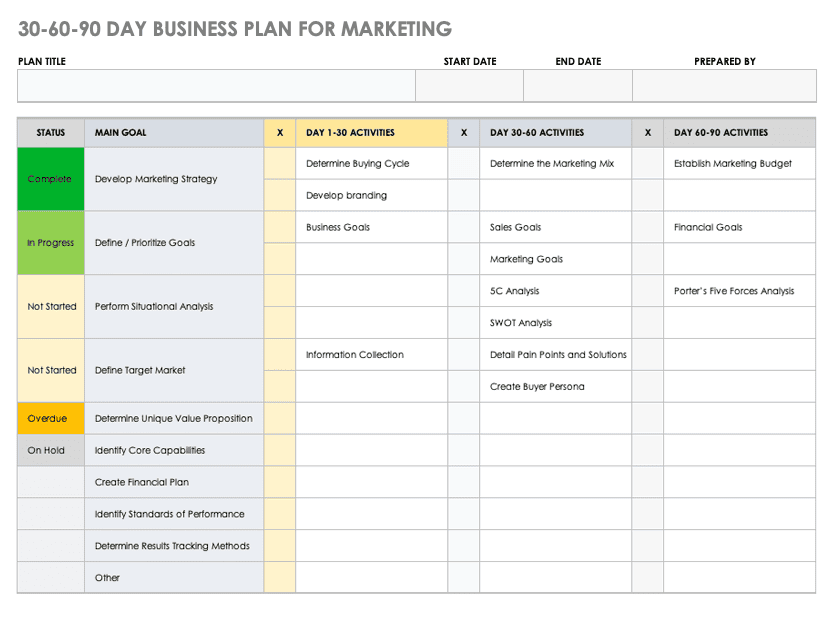
The 30-60-90-day plan outlines the employee’s duties and the organisation’s performance expectations.
It involves ongoing responsibilities integral to their role and the new projects they will lead. SMART goals are established for 30, 60, and 90 days from the employee’s start date, along with clear success metrics. This plan provides the new employee with a clear understanding of what is expected and compels the direct manager to define their expectations explicitly.
30-Day Goals: Settling In
The initial month focuses on familiarising the new employee with the organisation and assisting them in settling into their role.
Goals for the first 30 days should emphasise internal learning and understanding of the job. Any external objectives should be minor and easily attainable.
Key Focus Areas:
- Understanding the Organisation: New employees should learn about the company’s mission, values, and culture. This foundational knowledge will help them align their work with the organisation’s goals.
- Role Familiarisation: It is essential for the new hire to clearly understand their role, responsibilities, and the expectations set for them.
- Building Relationships: Encourage the employee to connect with their team members, managers, and other stakeholders. Building strong relationships early on can facilitate smoother collaboration and communication.
Examples of 30-day goals
- Learn About the Company’s Product: Create an account on the company’s platform, explore it for an hour daily over a week, and read ten customer reviews.
- Meet the Team: Schedule one-on-one meetings with team members and key stakeholders to understand their roles and how they contribute to the organisation.
- Understand Internal Processes: Participate in training sessions or shadow experienced employees to learn about internal workflows and procedures.
60-Day Goals: Stepping into Role-Specific Activities
The second month should transition the employee from general orientation to more role-specific tasks. By the end of 60 days, the employee should have a solid grasp of your organisation’s fundamentals and begin to contribute meaningfully to the team.
Key Focus Areas:
- Role-Specific Training: Engage in training sessions that are directly related to the employee’s role. This could include software tools, methodologies, or industry-specific knowledge.
- Active Participation: Start participating in projects and tasks that are central to the employee’s role. The employee needs to begin applying their knowledge and skills in real-world scenarios.
- Feedback and Improvement: Regularly seek feedback from managers and peers to identify areas for improvement and solidify learning.
Examples of 60-day Goals
- Learn About the Sales Process: Shadow five sales calls, note observations, and discuss these insights with your manager.
- Contribute to a Project: Take on a small project or task and complete it, ensuring to apply newly learned skills and knowledge.
- Set Improvement Goals: Based on feedback, set specific personal improvement goals and outline steps to achieve them.
90-Day Goals: Full Integration and Value Addition
The final month of the 90-day onboarding process focuses on ensuring that the employee fully integrates into their role and the team. This is the execution phase, where the employee starts adding substantial value to your business.
Key Focus Areas:
- Autonomous Working: By this stage, the employee should be able to work independently on tasks and projects requiring minimal supervision.
- Long-Term Goals Alignment: Align the employee’s activities and goals with the long-term performance expectations of their role.
- Leadership and Initiative: Encourage the employee to take on leadership roles in small projects or meetings to build confidence and leadership skills.
Examples of 90-day Goals
- Lead a Sales Meeting: Conduct a sales meeting with a client, gather feedback from team members, and identify three areas for improvement.
- Execute a Key Project: Take ownership of a key project, from planning through execution, demonstrating the ability to manage and deliver results.
- Mentorship and Knowledge Sharing: Begin mentoring newer employees or sharing knowledge gained during the onboarding process through presentations or team meetings.
Training New Employees
Training new employees is crucial to their onboarding, especially during the initial 90 days. This period focuses on equipping them with the necessary skills to complete tasks, operate equipment, and use software effectively, ensuring they quickly become productive.
According to data, 76% of new hires view on-the-job training as the most critical activity during their first week. Furthermore, research indicates that employees who receive adequate training are 27% more engaged than those who feel undertrained.
Types of Training:
- Instructor-led Learning: Traditional classroom-style training led by an instructor.
- E-learning: Employees can complete Online courses and modules at their own pace.
- On-the-Job Training: Practical, hands-on training conducted in the actual work environment.
- Job Shadowing: Observing experienced employees to understand job roles and responsibilities.
- Mentoring: One-on-one guidance and support from a more experienced colleague.
At The End Of The First Year
As the first year draws to a close, it’s essential to have a concluding onboarding meeting with your employee. You might consider integrating this with their initial annual performance review.
Here are some topics to address:
Practicalities
Start by checking in with your employee to see how their first year has been. This is an opportunity to address any lingering questions or concerns they might have. Ask about their overall experience, what they have enjoyed, and any challenges they have faced.
This open dialogue helps build a supportive environment and shows that you value their input.
Performance
Review the employee’s performance over the past year. Discuss whether they have met their long-term goals and celebrate their achievements.
This is also the time to identify any areas for improvement. Use specific examples to provide constructive feedback and set the stage for continued growth.
For instance, if an employee has successfully led a key project, acknowledge their effort and outline how they can utilise this experience for future tasks.
Future Goals
Discuss the employee’s career aspirations and how they align with the company’s learning and development (L&D) programs. Understanding their preferences and ambitions helps tailor their professional development plans.
Encourage them to take advantage of available training programs, mentorship opportunities, and other resources to help their career progress. Setting clear, achievable goals for the coming year ensures they stay motivated and engaged.
The Importance Of Collecting Feedback
An important aspect of the final onboarding meeting is gathering feedback.
Ensuring that new hires feel heard and valued can significantly improve your onboarding process.
Google, for example, sends anonymous feedback forms to all new employees, allowing them to provide suggestions and constructive criticism without fear of reprisal. This approach helps refine the onboarding experience and boosts retention rates by making employees feel their opinions matter.
Employee Onboarding Software
The employee onboarding period is packed with information, forms, and meetings, which can be overwhelming for new hires as well as managers and HR representatives.
Thankfully, there are several great employee onboarding software options available that can help you simplify this transition.
No matter the size of your organisation, adopting technology and utilising employee onboarding software can streamline the onboarding process, automate specific tasks, and save time for your HR team and department managers.
A variety of onboarding software vendors are available, such as:
Software | Key Features | Best For |
|---|---|---|
Sapling | Smooth onboarding processes, automated workflows, customisable checklists | Companies looking for a streamlined onboarding experience |
Enboarder | Engaging onboarding experience, buddy system integration, personalised journeys | Organisations focused on employee engagement and support |
Zoho People | Customisable workflows, e-signature functionality, training course integration | Organisations looking for a comprehensive onboarding solution that includes compliance and training |
Waybook | Document and workflow management, customisable onboarding guides | Teams needing a centralised knowledge hub for onboarding |
Continu | Automated learning solutions, comprehensive training modules | Organisations seeking to integrate learning into onboarding |
Jira Service Management | Tailored onboarding workflows, automation of routine tasks | HR teams needing efficient process management |
Confluence | Comprehensive documentation capabilities, collaborative features | Teams requiring detailed documentation and collaboration |
EMP Trust | Electronic new hire forms, centralised document management | Companies needing compliance and document management |
BambooHR | User-friendly interface, customisable onboarding checklists, and reporting features | Small to medium-sized businesses looking for an all-in-one HR solution |
Wordsmith. Caffeine enthusiast. A full-time business-oriented writer with a knack for turning the ordinary into extraordinary. When not working, you can find Ishan listening to music, reading or playing with doggos.
